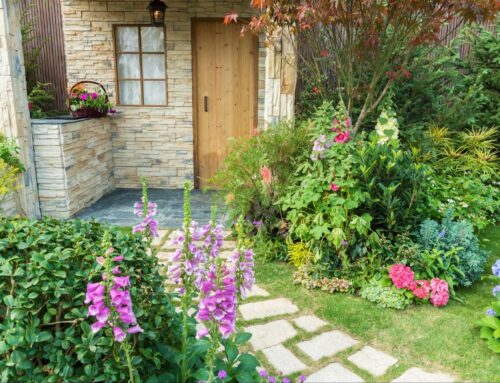Trees may be majestic in stature but they are sometimes overlooked in overall landscape care. Aside from regular or periodic pruning and shaping, trees may not get those health checkups that can help prevent disease and damage that will send them tumbling down before it’s too late. When a tree appears unhealthy, often the damage has been done and it’s a matter of time before it dies. Replacing a tree can be costly beyond removal expense of the dead one. A mature tree can cost upwards of $10,000 to replace. Knowing the signs and keeping an eye on the appearance of trees is an important step that you can take. A number of things from insects to fungus to the types of soil can affect the health of a tree. A big issue today is planting trees in new developments where conditions aren’t really ideal for long-term growth. Trees planted on bedrock or pure clay holds little in the form of the proper nutrients. The tree may suffer stunted growth, increasing the chances for disease. Ten years later, the tree will be the same size as the day it was planted, and generally be sickly. Unfortunately, more mature trees may not show signs of a problem quick enough. Usually, an unhealthy tree doesn’t appear as bad as it really is for quite some time – lack of water and root damage may not show up for two or three years. We also have oak trees here in Charleston that are protected by the city of Charleston. Great care and restrictions surround these beauties. New construction developments have to fence and protect these trees during the building process and after. The laws protecting grand trees recognize their vital contribution to the landscape of the Lowcountry. As developers lay out their plans to alter that landscape, they should be restrained from turning those grand trees into firewood or sawdust. As the Charleston area grows, and development increases, more trees will be in jeopardy.
Why care so much about these valuable antiques? I believe that a community rich with the presence of trees encourages people to be more active and in general affects their attitudes and behavior. Their beauty, environmental contributions plus the history of our trees, especially our oak and palm trees are a huge part of Charleston’s special character.





